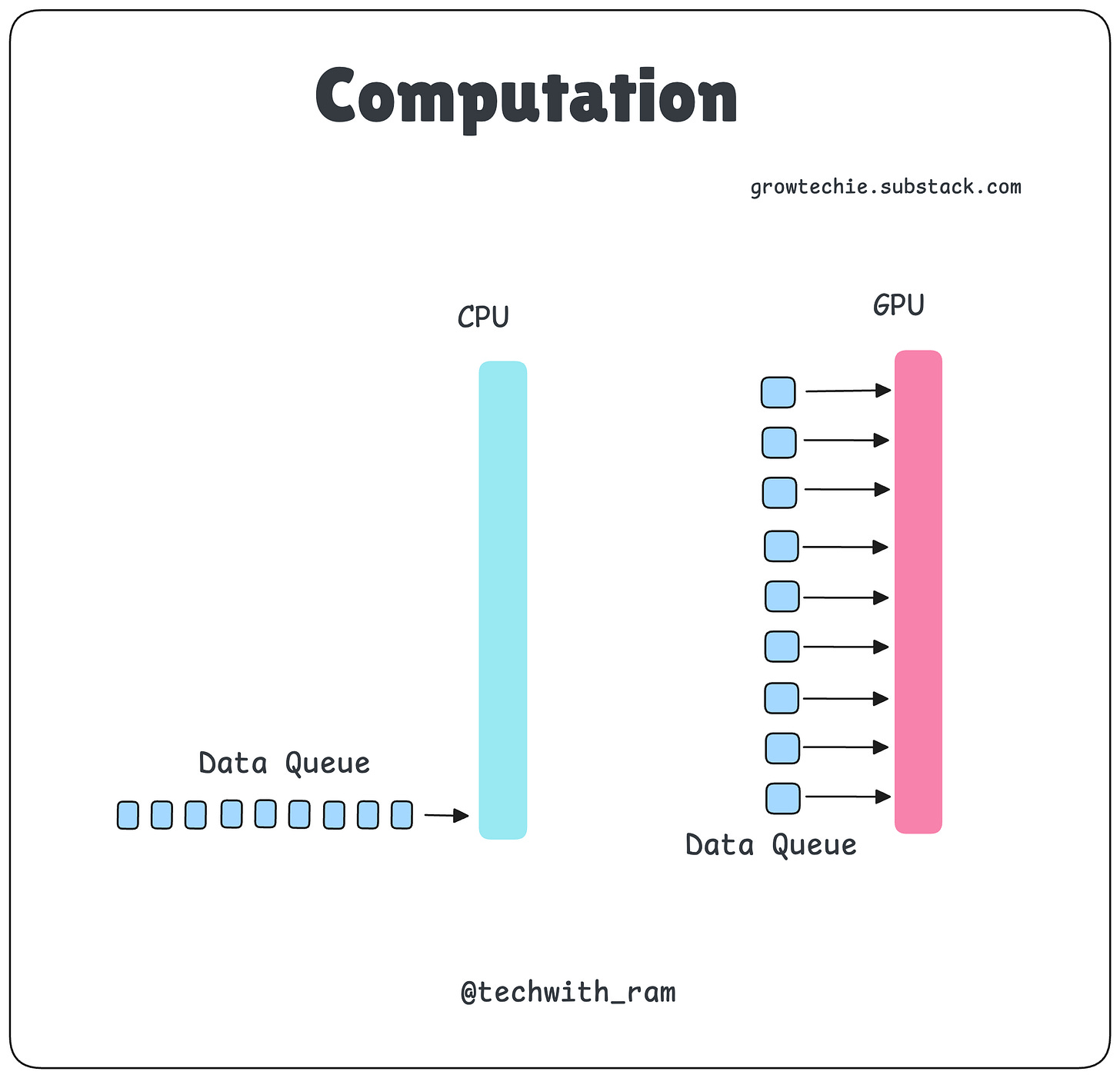CPU vs. GPU in Distributed Computing: Which One Should You Choose?
As datasets grow and AI models become more complex, traditional computing methods struggle to keep up. Distributed computing enables scalable workloads, but choosing between CPU-based and GPU-based processing is key to optimizing performance.
1. Understanding CPU vs. GPU Computing
FeatureCPU (Central Processing Unit)GPU (Graphics Processing Unit)ArchitectureFewer cores (4-64), optimized for sequential tasksThousands of cores, designed for parallel processingWorkload TypeBest for single-threaded tasks & logic-heavy operationsExcels in parallel computations & deep learningMemory AccessLarge cache, optimized for fast memory accessHigh memory bandwidth, suited for batch processingUse CasesData preprocessing, databases, real-time applicationsNeural networks, numerical simulations, AI/ML workloads
2. When to Use CPU vs. GPU in Distributed Computing
Use CPUs for:
Data preprocessing & ETL workflows
Sequential and logic-heavy computations
Low-latency, real-time applications
Use GPUs for:
Training deep learning models
Large-scale simulations and AI workloads
High-performance computing tasks
3. Hybrid Approach: CPU + GPU for Maximum Efficiency
Many modern distributed computing architectures combine CPUs and GPUs to maximize performance:
CPUs handle complex logic, control flow, and sequential tasks
GPUs accelerate intensive computations, making AI/ML training faster
Final Takeaway:
The right choice depends on your workload and scalability needs. For AI, ML, and high-performance computing, GPUs are essential, while CPUs remain critical for structured computations.
Follow me on socials:
Twitter: @techwith_ram
Linkedin: @ramakrushnamohapatra



